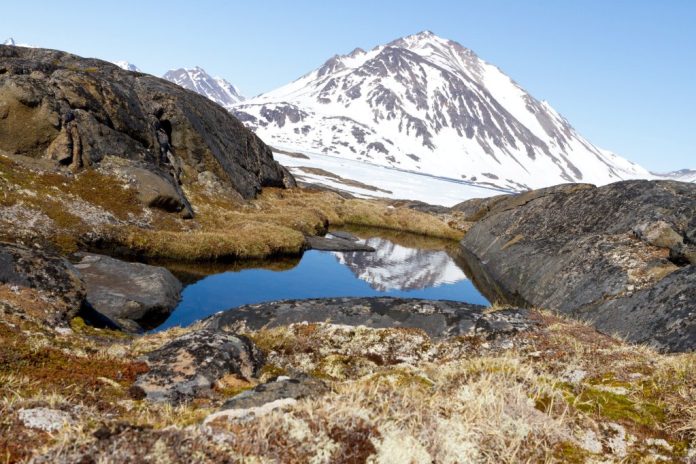Even if global warming is kept below 1.5 degrees, melting glaciers will inevitably cause sea levels to rise by 1–2 metres and lead to large-scale displacement from coastal areas.
Global sea levels will become uncontrollable with a 1.5 degree Celsius rise in global temperatures, leading to “catastrophic internal migration,” scientists warn in a new study. Even if warming does not exceed the average of 1.2 degrees over the last decade, millions of people will be forced to leave coastal areas.
The main cause of sea level rise is the loss of ice in Greenland and Antarctica, which has increased fourfold since the 1990s. According to the researchers’ estimates, even if fossil fuel emissions are significantly reduced, by the end of the century, sea levels will rise by 1 centimetre per year, faster than countries can build protective structures.
Currently, about 230 million people live at an altitude of 1 metre above sea level, and 1 billion are in areas up to 10 metres above sea level.
“The safe limit is the level of warming at which it is possible to adapt to some extent without causing mass migration,” said Professor Jonathan Bamber of the University of Bristol. He stressed that even with a 1 cm rise per year, any protective measures would become ineffective, and the scale of resettlement would be unprecedented for modern civilisation.
Which areas will be most affected
The consequences will be particularly severe in developing countries such as Bangladesh. Lead author Professor Chris Stokes of Durham University said that even with the current warming of 1.2 degrees, sea level rise is accelerating so much that by the end of the century the situation will become almost uncontrollable, and this will happen “within our children’s lifetime.”
The authors warn that continued massive ice loss threatens to destroy coastal regions and poses an existential threat to billions of people. The study emphasises that even reducing global warming by fractions of a degree could buy time for adaptation and reduce human suffering. However, even if temperatures return to pre-industrial levels, it will take hundreds or thousands of years for glaciers to recover, meaning that the lost land will remain flooded for a long time.
